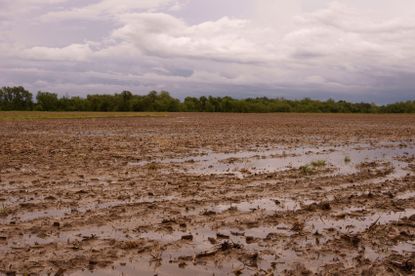Types Of Leaching: Info On Leaching Garden Plants And Soil

What is leaching? This is a commonly asked question. Let's learn more about types of leaching in plants and soil.
What is Leaching?
There are two types of leaching in the garden:
Leaching of soil
The soil in your garden is like a sponge. When rain falls, the soil near the top absorbs as much as possible, keeping the moisture available to the plants growing there. Once the soil is filled with all the water it can hold, the water begins to leak down through the layers of rock and subsoil beneath your garden. When the water sinks down, it takes soluble chemicals with it, such as nitrogen and other fertilizer components, as well as any pesticides you may have used. This is the first of the types of leaching. What soil type is most prone to leaching? The more porous the soil, the easier it is for chemicals to pass through. Pure sand is probably the best leaching type but isn't very hospitable to garden plants. In general, the more sand your garden soil has, the more likely it is that you will have excess leaching. On the other hand, soil with more of a clay component presents less of a leaching problem. Leaching in plants is more of an environmental concern than poor drainage. Once your pesticides have leached from the plants themselves down through your soil into the water table, they begin to affect the environment. This is one reason why many gardeners prefer organic methods of pest control.
Leaching of potted plants
Leaching in plants can happen in potting containers. Once the chemicals have drained down through the soil, they can leave a crust of soluble salts on the surface, which makes it hard for the soil to absorb water. Removing this crust with water is the other type of leaching. Leaching garden plants grown in containers is the process of washing the salts from the surface of the soil. Pour large amounts of water through the soil until it runs freely from the bottom of the planter. Leave the container alone for about an hour, then do it again. Repeat the process until you don't see any more white covering on the surface of the soil.
Gardening tips, videos, info and more delivered right to your inbox!
Sign up for the Gardening Know How newsletter today and receive a free download of our most popular eBook "How to Grow Delicious Tomatoes."